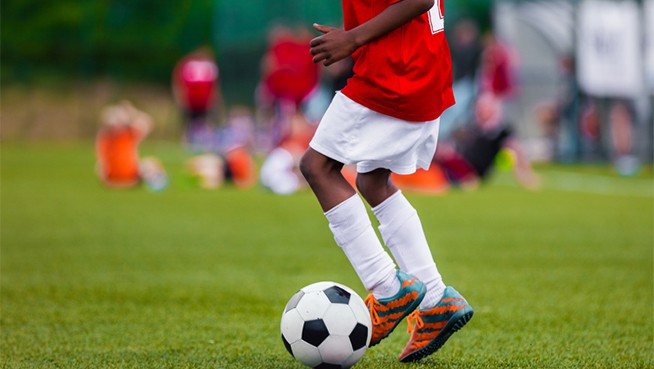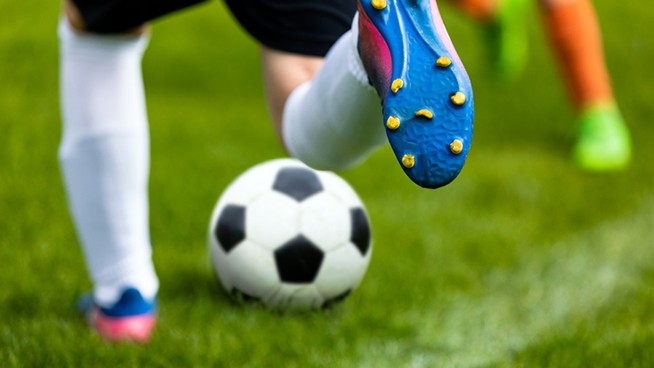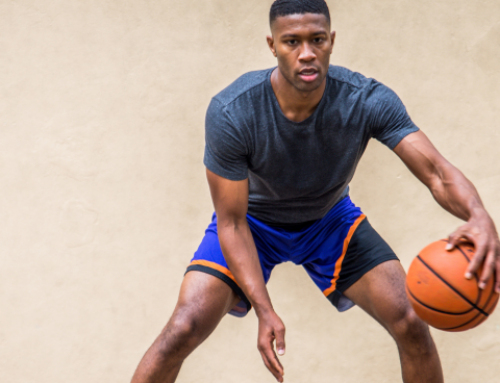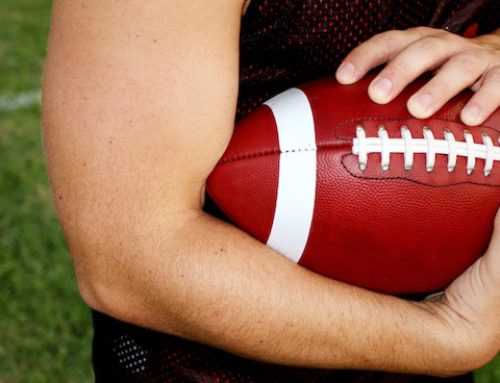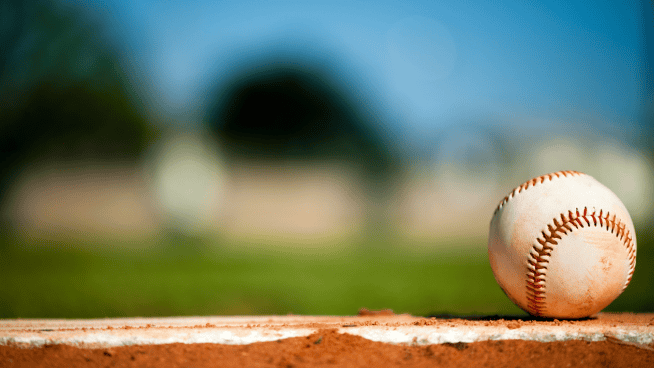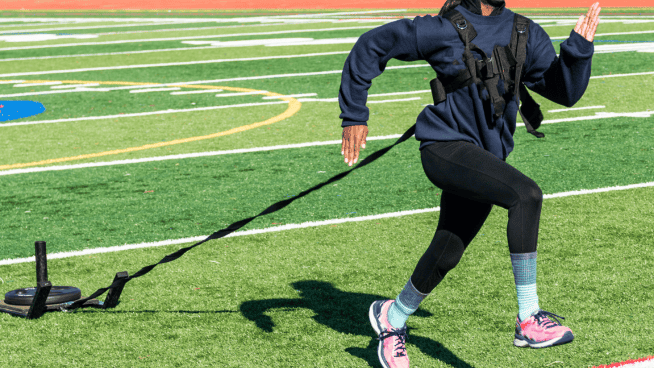The Art of Deception in Basketball
A deceptive person is usually frowned upon by society. However, the art of deception has great value in basketball, where faking out an opponent can mean the difference between a win and a loss.
Of course, deception is important in virtually every sport. In baseball, the pitcher wants to throw a fastball when the batter is expecting a breaking ball. In football, the offense wants to pass when the defense is expecting a running play. But it’s especially useful in basketball, where tactics like changing speed, faking a pass and faking a shot can give an offensive player a competitive advantage.
What makes the art of deception especially valuable is that it’s generally not dependent on physical tools. Deception relies on the cerebral part of the game, so it doesn’t necessarily matter how big or strong or fast you are.
The essence of deception is the ability to make an opponent think you’re doing one thing when you are doing another. Want to become a master of deception? Here are some simple ways to improve your ability to deceive. Just limit them to the court; don’t use them in your daily life.
Change Speed
Practice a stop-and-go or a hesitation move to make it more difficult for a defender to guard you. With or without the ball, this involves starting, hesitating (stopping or slowing down), and then starting again. (Check out how to Create Your Own Shot Opportunities With Marshon Brooks’s T-Mac Drill.)
Change Direction
No player is easier to stop than one who moves solely in a straight line. If you’re a ball handler, practice a crossover dribble. If you rely on your point guard to get you the ball, a well executed V-cut is hard to defend.
Ball Fake
Pass Fake. Defensive players react to where they think the ball is going. Especially against a zone defense, the fake pass can be effective in drawing defenders toward one area to open up another for a scoring opportunity.
Shot Fake. The shot (pump) fake is a great weapon against over-aggressive defenders and shot blockers. Once you get defenders off their feet, they are at your mercy.
Jab Step
No one likes to get beat off the dribble, but a hard jab step can get a defender off balance to make space for a shot, open a path to the hoop or clear a passing lane.
Use Your Eyes
Don’t “telegraph” your passes or, more broadly, your intentions. Defenders will be drawn to the direction you are looking. Use your eyes to draw them away from what you actually plan to do, like the often admired “no-look pass.”
RECOMMENDED FOR YOU
MOST POPULAR
The Art of Deception in Basketball
A deceptive person is usually frowned upon by society. However, the art of deception has great value in basketball, where faking out an opponent can mean the difference between a win and a loss.
Of course, deception is important in virtually every sport. In baseball, the pitcher wants to throw a fastball when the batter is expecting a breaking ball. In football, the offense wants to pass when the defense is expecting a running play. But it’s especially useful in basketball, where tactics like changing speed, faking a pass and faking a shot can give an offensive player a competitive advantage.
What makes the art of deception especially valuable is that it’s generally not dependent on physical tools. Deception relies on the cerebral part of the game, so it doesn’t necessarily matter how big or strong or fast you are.
The essence of deception is the ability to make an opponent think you’re doing one thing when you are doing another. Want to become a master of deception? Here are some simple ways to improve your ability to deceive. Just limit them to the court; don’t use them in your daily life.
Change Speed
Practice a stop-and-go or a hesitation move to make it more difficult for a defender to guard you. With or without the ball, this involves starting, hesitating (stopping or slowing down), and then starting again. (Check out how to Create Your Own Shot Opportunities With Marshon Brooks’s T-Mac Drill.)
Change Direction
No player is easier to stop than one who moves solely in a straight line. If you’re a ball handler, practice a crossover dribble. If you rely on your point guard to get you the ball, a well executed V-cut is hard to defend.
Ball Fake
Pass Fake. Defensive players react to where they think the ball is going. Especially against a zone defense, the fake pass can be effective in drawing defenders toward one area to open up another for a scoring opportunity.
Shot Fake. The shot (pump) fake is a great weapon against over-aggressive defenders and shot blockers. Once you get defenders off their feet, they are at your mercy.
Jab Step
No one likes to get beat off the dribble, but a hard jab step can get a defender off balance to make space for a shot, open a path to the hoop or clear a passing lane.
Use Your Eyes
Don’t “telegraph” your passes or, more broadly, your intentions. Defenders will be drawn to the direction you are looking. Use your eyes to draw them away from what you actually plan to do, like the often admired “no-look pass.”


